Specialist Fifth Class John Tibor Pataky
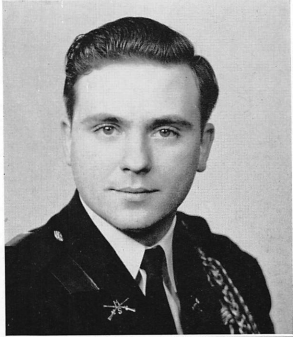
- Unit: Headquarters Company, U.S. Army Europe
- Date of Birth: March 12, 1932
- Entered the Military: April 18, 1955
- Date of Death: September 13, 2022
- Hometown: Orlando, Florida
- Place of Death: Lookout Mountain, Georgia
- Award(s): Good Conduct Medal
- Cemetery: Section DD, Site 1047. Chattanooga National Cemetery, Chattanooga, Tennessee
Mentored by Dr. Duke Richey
McCallie School
2024-2025
Early Life
On March 12, 1932, about a year before Franklin Delano Roosevelt was sworn into office after promising Americans a “New Deal,” a French-born American mother by the name of Ellen Pataky gave birth to a boy at the Orlando Sanitorium and Hospital in Florida. The Depression was in full swing, and Ellen’s young husband, a Hungarian immigrant and professional artist named Tibor, gave his name to his son, Janos Tibor Pataky.
Like many first-generation Americans, Janos likely grew up feeling like an outsider. Not only did his parents speak English with strong accents, but his mother was a Christian Scientist and a concert pianist in an age when many Americans of her generation had turned to jazz. His father, Tibor, struggled to make ends meet, growing oranges and teaching art at Florida Southern College. At some point, young Janos, an athletic boy, became known as John.
Pataky’s childhood was not easy. At one point, an oak tree limb fell and hit his father’s shoulder, which injured him and made it hard for him to paint. Later, John’s sister Mary, who was five years younger, fell down some steps, and John was blamed for this incident, having been accused of pushing her down the stairs.
In 1945, an admissions officer from The McCallie School, a military boarding school in Chattanooga, Tennessee, found his way 560 miles south to Orlando, where he was met with willing listeners in young John Pataky and his family.
The McCallie School sounded appealing, and John Pataky enrolled at 13 years old as a sophomore in September 1945. He spent five years at McCallie: two sophomore years, a junior year, a senior year, and a postgraduate year, ending his attendance in 1950. At age 18, Pataky enrolled in the Georgia Institute of Technology (Georgia Tech) in Atlanta, Georgia.
Little did Pataky imagine on his first day on “the Ridge,” as McCallie’s campus was known, that upon his death 77 years later in 2022 at the age of 90, he would not only be an alumnus of the school, he would also be considered one of the most legendary teachers and coaches the school had ever known.
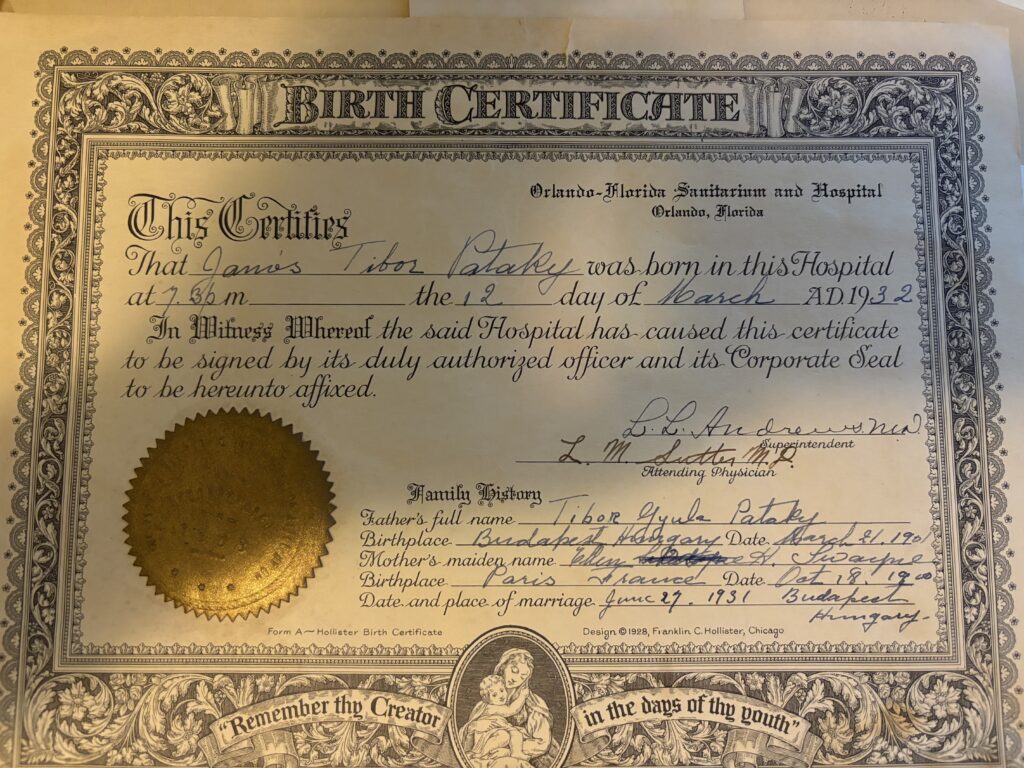
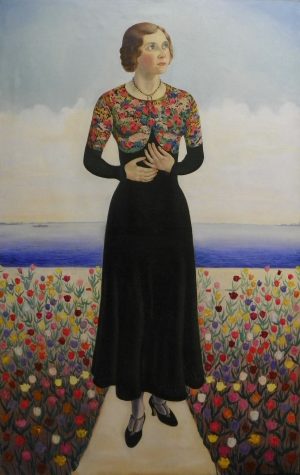

Homefront
Pataky was a child of the Great Depression and World War II, when Orlando’s agricultural production included beef and dairy cattle, poultry, and vegetables, all of which contributed to the food supply for military and civilian needs. Florida was mainly known for its production of citrus fruits, such as oranges, which were key to the state’s economy.
In the years Pataky attended McCallie, Orlando experienced rapid growth as the area’s population increased when returning World War II Veterans and their families settled there, which spurred housing developments and boosted local businesses. Orlando’s infrastructure expanded with new roads, schools, and public facilities, which created a suburban environment where aromatic fields of orange groves once stood. Pataky’s military records note that he worked for the Studebaker Corporation in Orlando for one summer, which reflected the new demand for cars.
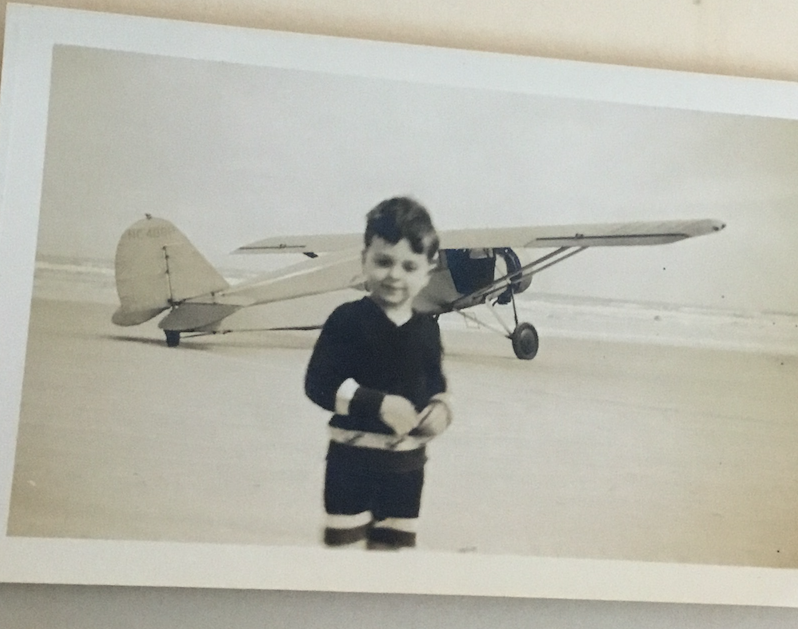

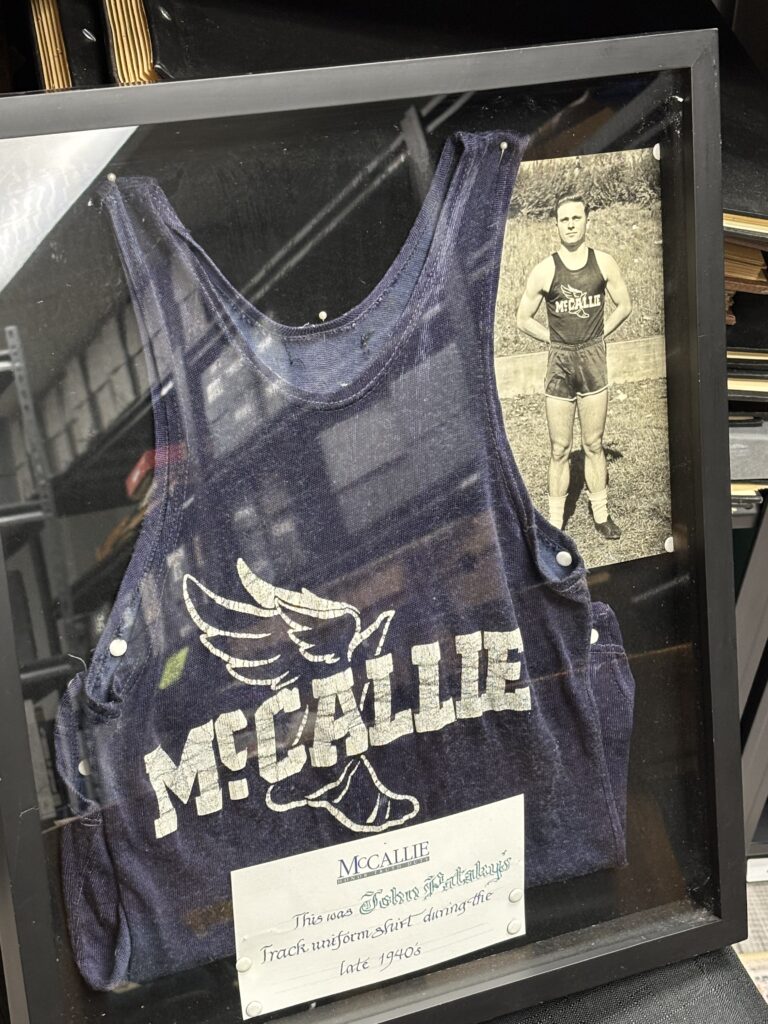
Military Experience
It is worth noting that John Pataky wore a military uniform and marched in formation from the time he was 13 years old at McCallie all the way through college ROTC and straight into the U.S. Army. Over the years at McCallie, he rose in rank from private to captain on a battalion staff during his final year. In his junior year, Pataky was a member of the “Best Drilled Company.”
He also served on the Student Council and participated in multiple sports, including track and field and swimming. It was no surprise that he was a member of the French Club, given that his mother spoke the language. Pataky’s widow, Debbie, laughed when later asked if he ever spoke French, saying, “He could swear in French.”
After graduating from McCallie, Pataky attended Georgia Tech, just two hours south of Chattanooga in Atlanta, Georgia. His years at Tech were formative, as he immersed himself in academics and campus life. He was an active member of Sigma Chi and Alpha Phi Omega, two fraternities that emphasized leadership, service, and brotherhood. Additionally, he contributed to The Engineer, a technical publication on campus, demonstrating his intellectual curiosity and dedication to the field of mathematics and engineering.
During his time in Atlanta, Pataky met Alice Keel, a student at Emory University and the daughter of Georgia Tech’s assistant registrar. John and Alice married in 1954, and a newspaper article that announced their marriage noted that he had “received notice of induction into the armed forces.” As a student, Pataky rose to the rank of first lieutenant in Tech’s ROTC unit and, in addition to swimming for the Ramblin’ Wreck, he participated in what was called the “Pershing Rifles,” a drill team. Pataky graduated from Georgia Tech in 1955. Pataky officially entered the U.S. Army Reserves on April 18, 1955.
After receiving stenographer training at Fort Benjamin Harrison, Indiana, Pataky served in the ranks as a specialist. He was a stenographer and a “classified control clerk,” meaning that when he went to Germany, he handled classified material and managed classified records.
Though stationed in Europe rather than in Korea, Pataky served his country with distinction, receiving the Good Conduct Medal for his service, where he also served as a French interpreter. His time in the military was significant not only for his contribution to national defense but also for his growing commitment to youth mentorship.
While in France, Pataky became deeply involved with the Boy Scouts of America, likely working with the sons of American servicemen stationed abroad. He led young scouts on excursions and summer camp experiences. This experience may have been the spark that ignited his passion for mentoring young men, a passion that defined his career upon his military discharge and return to the United States.
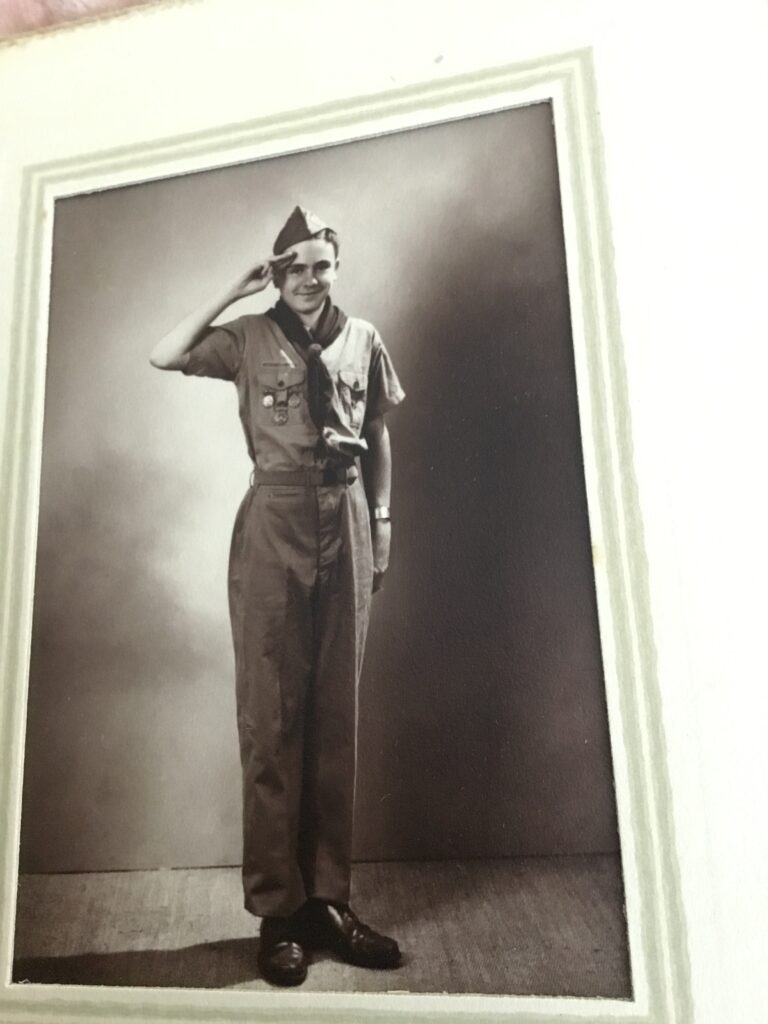

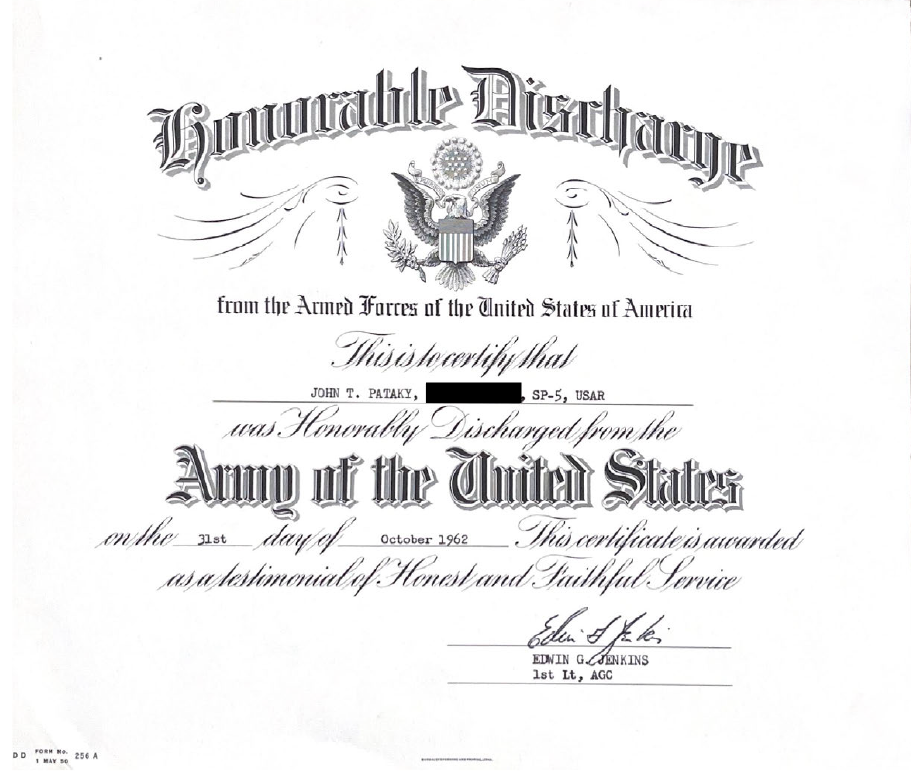
Veteran Experience
Upon his discharge from the U.S. Army in 1962, Pataky returned to McCallie as a teacher and coach. He dedicated more than 50 years to the school, making an impact in both the classroom and the athletic arena. As a mathematics teacher, he was known for his patience, humor, and ability to make complex concepts accessible to students. His love for the subject was infectious, and many of his students credited him with inspiring their own careers in STEM fields or in education and coaching.
As a cross-country, track, and swimming coach, Pataky stacked up winning records and championships and was revered by his athletes. He had a quiet but effective leadership style that pushed his athletes to reach their full potential while maintaining a kind and encouraging presence. He believed that sports were not just about competition but about building character, discipline, and teamwork.
Former students and athletes often recall his signature wit and quick puns, which made even the most grueling practices bearable.
Two funny stories must suffice:
One day, a runner was late to practice and asked Coach Pataky what he should do since the other guys were already running laps. Pataky looked up to notice a runner by the name of Heinz coming by in front of them. “Ketch-Up with Heinz,” he quipped.
Pataky and his assistant coach, great friend and colleague John McCall, were known to drop the team off at their normal practice spot, sending them off on a seven-mile run. The coaches would return later with a box of Krispy Kreme donuts and coffee, whereby they might joke with their hard-working athletes from an air-conditioned van as they enjoyed their sugary treats.
Despite his soft-spoken nature, Pataky commanded deep respect, and his ability to bring out the best in young men solidified his legendary status at McCallie. His contributions to the school did not go unrecognized. In honor of his dedication, McCallie named an endowed chair in mathematics and the aquatic center for him, which ensured his legacy would continue to inspire future generations of students and athletes. Alice and John were never able to have children of their own, but as Pataky’s obituary noted, “his boys” were the thousands of young men he mentored at McCallie for more than half a century.
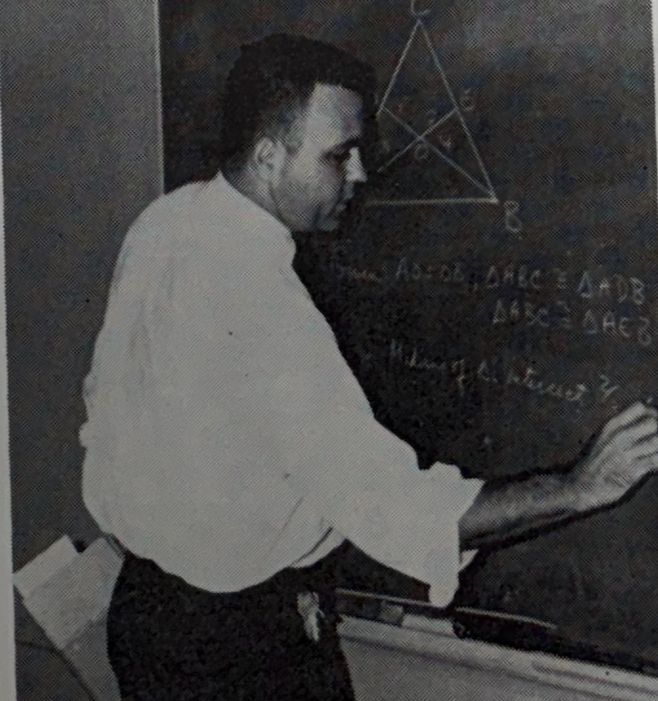
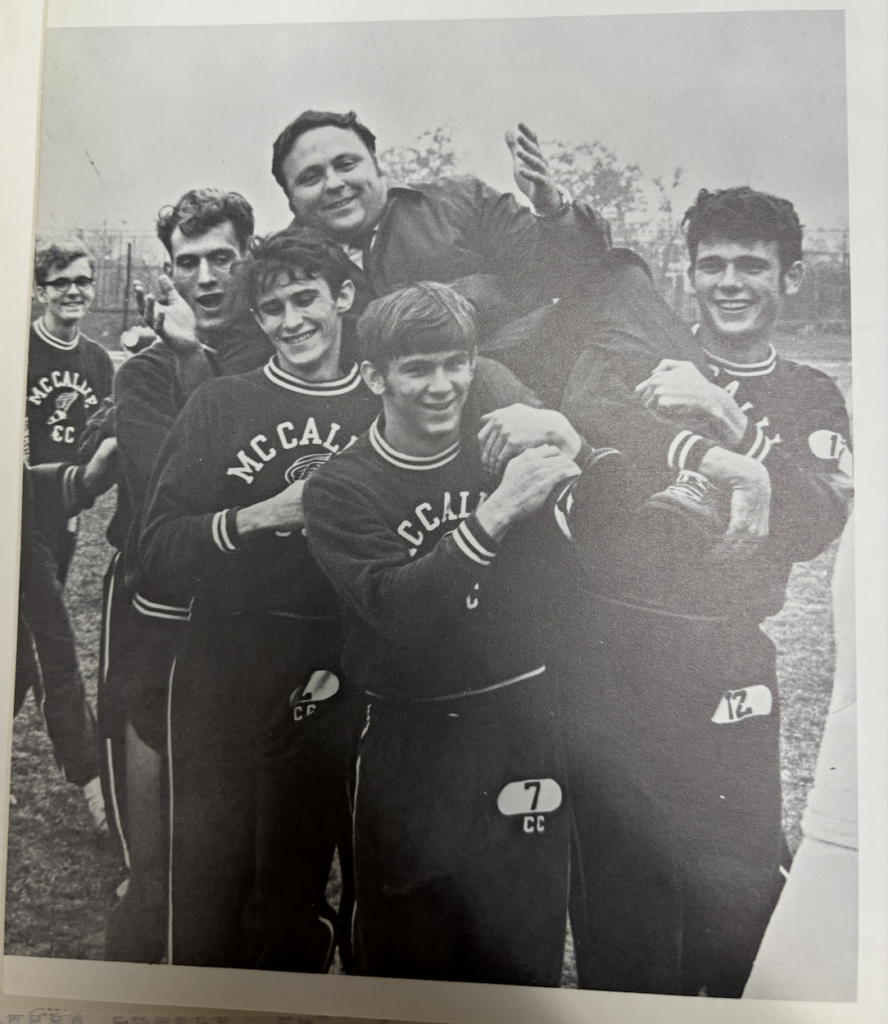
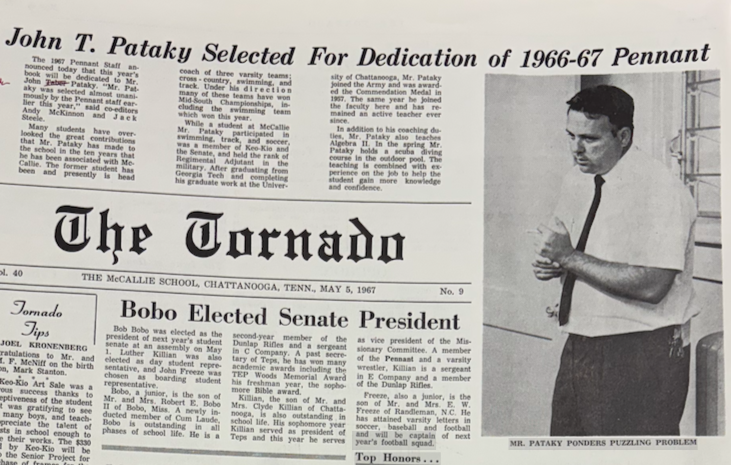
Commemoration
Alice died in 2001, and a year later, Pataky married Debbie Martin, a McCallie staff member with whom he and Alice had been friends for years. John and Debbie Pataky spent 20 happy years together before he passed away in 2022, at the age of 90. He is buried at Chattanooga National Cemetery in Chattanooga, Tennessee.
Pataky’s story serves as a testament to the power of education and mentorship. He dedicated his life to helping young men realize their potential, just as McCallie School had helped him realize his own. His spirit lives on in the students he taught, the athletes he coached, and the traditions he helped shape. As McCallie School continues to thrive, Pataky’s name remains synonymous with excellence, perseverance, and kindness. His life reminds us that true greatness lies not in personal accolades, but in the impact we have on others.
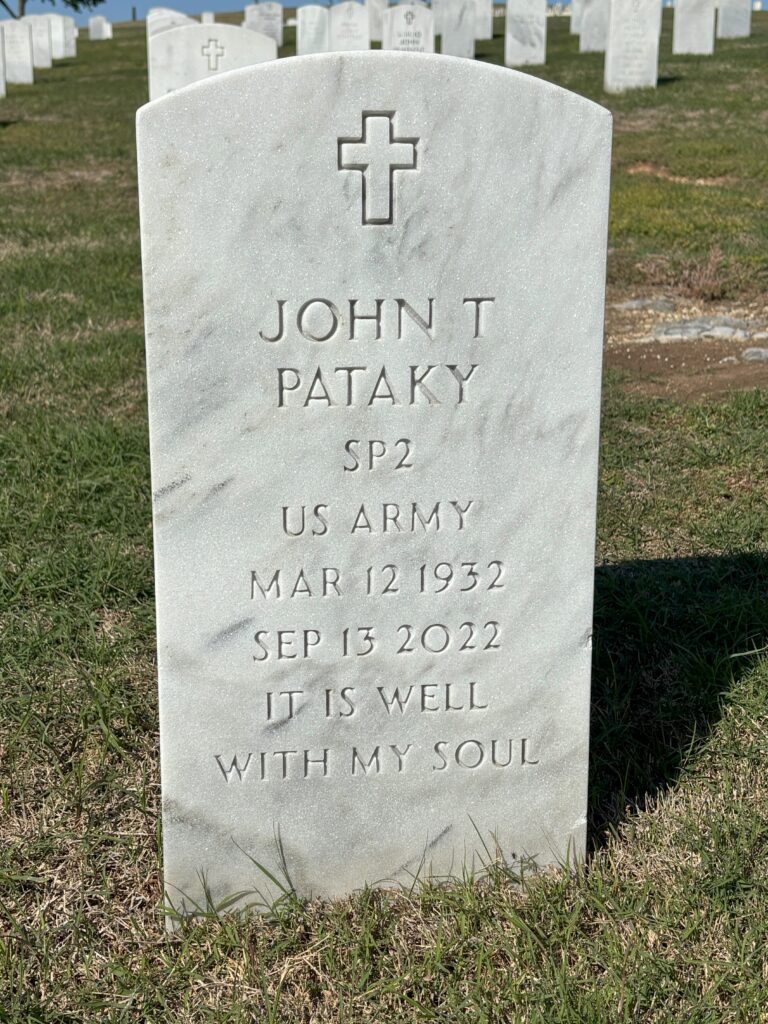

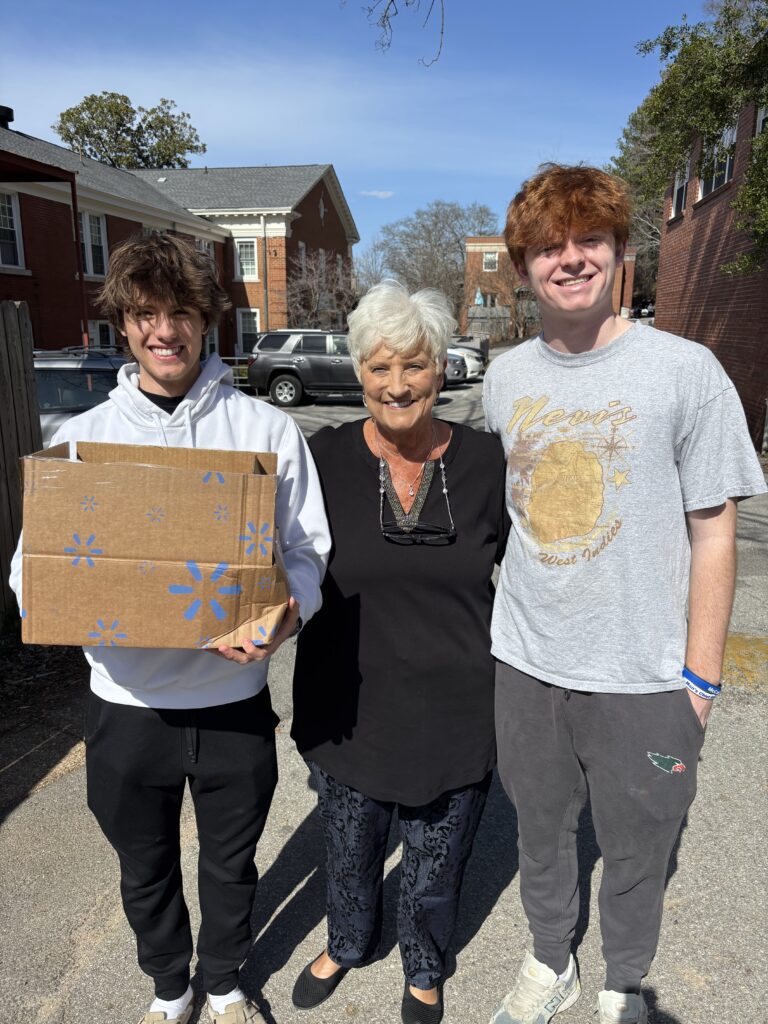
Bibliography
Primary Sources
Florida. Orange County. 1940 U.S. Census. Digital images. https://ancestry.com.
Florida. Orange County. 1950 U.S. Census. Digital images. https://ancestry.com.
John Pataky, Honorable Discharge Certificate. Pataky Family Papers. Courtesy of Debbie Pataky.
John Pataky, DD-214, Department of the Army. Pataky Family Papers. Courtesy of Debbie Pataky.
John Pataky. U.S., School Yearbooks, 1880-2012. Digital images. https://ancestry.com.
“Miss Keel to Marry.” Orlando Evening Star [Orlando, FL], May 4, 1954. Newspapers.com (291985355).
Pataky, Debbie. Interview with the authors. March 1, 2025.
Pataky Family Papers. Courtesy of Debbie Pataky.
“Pataky Steps Down As McCallie Cross Country Coach – After 40 Years.” Chattanoogan [Chattanooga, TN], August 28, 2000. https://www.chattanoogan.com/2000/8/28/5924/Pataky-Steps-Down-As-McCallie-Cross.aspx.
The Pennant. McCallie School: 1946 -1950. McCallie School Archives.
Secondary Sources
Florida World War II Heritage Trail. Florida Heritage Publication. Accessed November 14, 2024. https://files.floridados.gov/media/32351/worldwariiheritagetrail.pdf.
“Orlando.” Encyclopædia Britannica. https://www.britannica.com/place/Orlando-Florida.
“John T. Pataky.” Find a Grave. Updated September 14, 2022. Accessed April 12, 2025. https://www.findagrave.com/memorial/243547817/john-t-pataky.
“John T. Pataky.” National Cemetery Administration. Accessed October 16, 2024. https://gravelocator.cem.va.gov.
“John T. Pataky.” Veterans Legacy Memorial, U.S. Department of Veterans Affairs. Accessed April 12, 2025. https://www.vlm.cem.va.gov/JOHNTPATAKY/a17c84.
“The Korean War Era.” U.S. Army Center of Military History. Accessed August 26, 2024. https://www.history.army.mil/html/bookshelves/resmat/korea/intro/index.html.
“Pataky, John T.” Chattanoogan [Chattanooga, TN], September 14, 2022. https://www.chattanoogan.com/2022/9/14/455840/Pataky-John-T.aspx.
Porter, Tana Mosier. “Orlando Changes.” Reflections, Summer 2016. Orange County Regional History Center. https://www.thehistorycenter.org/orlando-changes/.
This profile was funded by a grant from the United States Department of Veterans Affairs. The opinions, findings, and conclusions stated herein are those of the author and do not necessarily reflect those of the United States Department of Veterans Affairs.

